
If you feel discomfort in your throat, you can brew a cup of fragrant throat-soothing tea. Throat-soothing tea is easy to make at home. Just put an appropriate amount of honeysuckle, chrysanthemum, golden lotus flower, wooden butterfly, and ophiopogon into a cup, pour hot water over them, and enjoy the faint fragrance and rich flavor. Drink it in your leisure time to clear heat, detoxify, and soothe your throat. It is worth noting that people with weak spleen and stomach should use it with caution, and diabetics should not add rock sugar.
Ingredients of Throat-Soothing Tea

Honeysuckle: Honeysuckle refers to the flower buds of honeysuckle plants in the Caprifoliaceae family, such as Lonicera japonica, Lonicera hypoglauca, Lonicera confusa, and Lonicera fulvotomentosa. It has a sweet and cold nature and belongs to the lung and stomach meridians. It has the effects of clearing heat, detoxifying, reducing inflammation, and relieving swelling. It is mainly used for treating external wind-heat or warm diseases, heatstroke, heat-toxin dysentery, carbuncles, abscesses, sore throat, and various infectious diseases.

Chrysanthemum: Chrysanthemum refers to the dried inflorescences of plants in the Asteraceae family. It has a bitter and sweet taste and a slightly cold nature. It belongs to the lung and liver meridians. It has the effects of dispersing wind, clearing heat, calming the liver, improving eyesight, and detoxifying. It is mainly used for treating wind-heat colds, headaches, dizziness, red and swollen eyes, blurry vision, and abscesses.

Golden Lotus Flower: Golden lotus flower refers to the plants of the Nelumbo genus in the Ranunculaceae family. It has a bitter taste and a cool nature. It has the effect of clearing heat and detoxifying. It is used for acute and chronic tonsillitis, acute otitis media, acute tympanic membrane inflammation, acute conjunctivitis, and acute lymphangitis.

Wooden Butterfly: Wooden butterfly refers to the dried mature seeds of plants in the Fabaceae family, such as Millettia dielsiana. It has a bitter and sweet taste and a cool nature. It belongs to the lung, liver, and stomach meridians. It has the effects of clearing the lungs, benefiting the throat, regulating the liver, and harmonizing the stomach. It is commonly used for lung heat cough, throat paralysis, hoarseness, liver and stomach qi pain.

Ophiopogon: Ophiopogon refers to the dried tuberous roots of plants in the Liliaceae family, such as Ophiopogon japonicus. It has a slightly cold nature and a sweet and slightly bitter taste. It belongs to the heart, lung, and stomach meridians. It has the effects of nourishing yin, moisturizing the lungs, and clearing the heart. It is used for lung dryness and cough, yin deficiency cough, throat paralysis and pain, thirst due to body fluid injury, internal heat and excessive thirst, restlessness and insomnia, and dry intestines and constipation.
How to select chrysanthemum
Chrysanthemum is one of the best-selling traditional Chinese medicines. It can be found in pharmacies, supermarkets, and farmers' markets. So how can we select the highest quality chrysanthemum?
First, let's talk about the appearance. Some chrysanthemums on the market are fumigated with sulfur to make them look more vibrant and tempting to buy.
1. Appearance: The dried chrysanthemums are slightly yellowish. Those that are very white, too brightly colored, or too beautiful may have been fumigated with sulfur. Choose fresh chrysanthemums with greenish sepals.
2. Smell: Take a closer smell. If there is a sour smell, it may have been fumigated with sulfur. Non-fumigated chrysanthemums have a light fragrance. After brewing fumigated chrysanthemums with boiling water, there will be a sulfur smell. After brewing for a while, check if the water turns green. If it does, it may have been dyed.
3. Color examination: Do not choose chrysanthemums with darkened color, as they are old and moistened.
4. Touch: Feel it with your hands. Good chrysanthemums are soft and smooth, with intact petals. This indicates that they were just picked when they were fresh. They are suitable for making fresh chrysanthemum tea and can be purchased.
How to select honeysuckle
High-quality honeysuckle is made from carefully selected, strictly controlled, and finely processed raw materials, resulting in a superior product.
Appearance: The appearance should be neat without impurities, and there should be no damage or insect holes on the surface. The top-quality honeysuckle is greenish-white in color. If there are radish threads or a large number of stems and other impurities on the surface, or even mold, and the surface is dark yellow, most of them are inferior or fake products.
Smell: Smell is also an important criterion for judging the quality. High-quality honeysuckle, when brought close to the nose, has a strong and natural fragrance. In contrast, inferior or fake honeysuckle may have a strong but unnatural smell, and sometimes it may even be a bit pungent.
Touch: We can also discern the quality of honeysuckle by touch. When selecting, we can gently hold a handful of finished honeysuckle and feel it with our hands. High-quality honeysuckle has a certain hardness and gives a sense of being firm. In contrast, inferior honeysuckle may appear to be broken when held, and there may be more or less impurities settling at the bottom when stirred by hand.
Color: When brewing honeysuckle, high-quality ones dissolve easily in water, resulting in a clear and impurity-free soup with a yellow-green color. It tastes sweet and refreshing, with a strong and pleasant aroma. In contrast, low-quality ones dissolve slowly, resulting in a soup with impurities and a light brown or unnatural green color. Such honeysuckle generally has low medicinal value.
Freshness: High-quality honeysuckle is also very fresh, with a well-preserved surface, natural color, fresh aroma, and no signs of decay. In contrast, the freshness of inferior honeysuckle is generally not guaranteed. The color is dull, and even rotting may occur, greatly affecting its medicinal value.




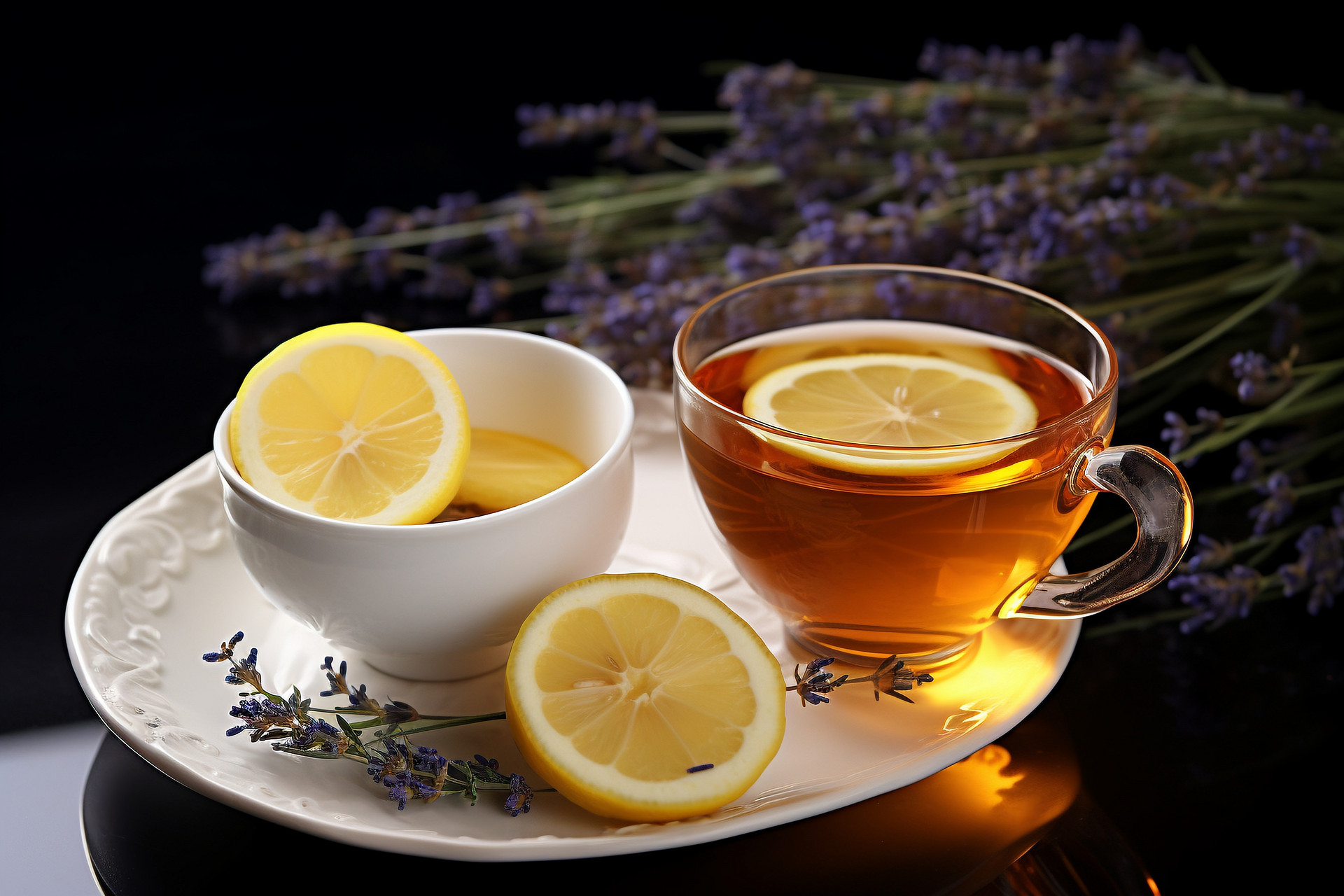
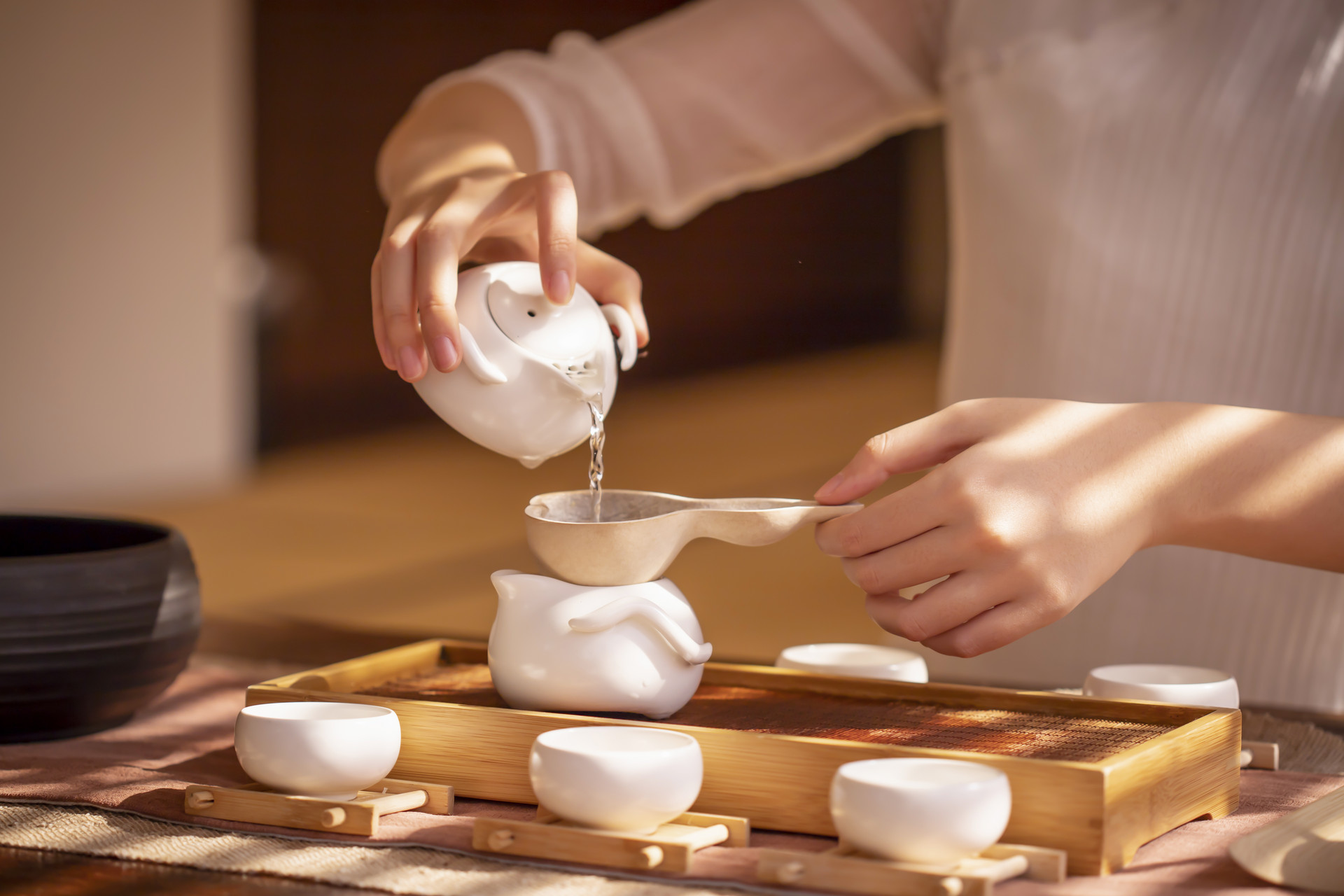
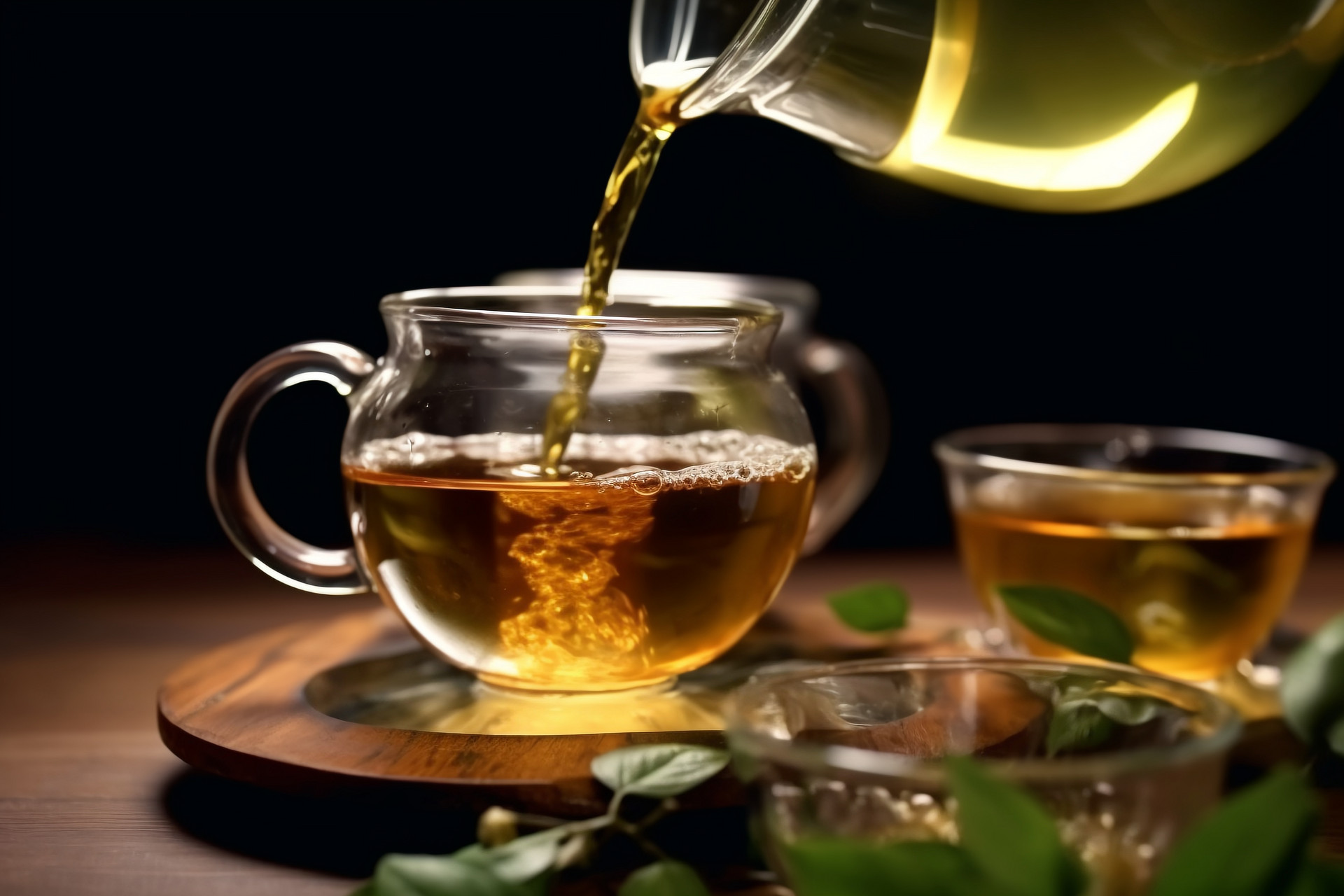

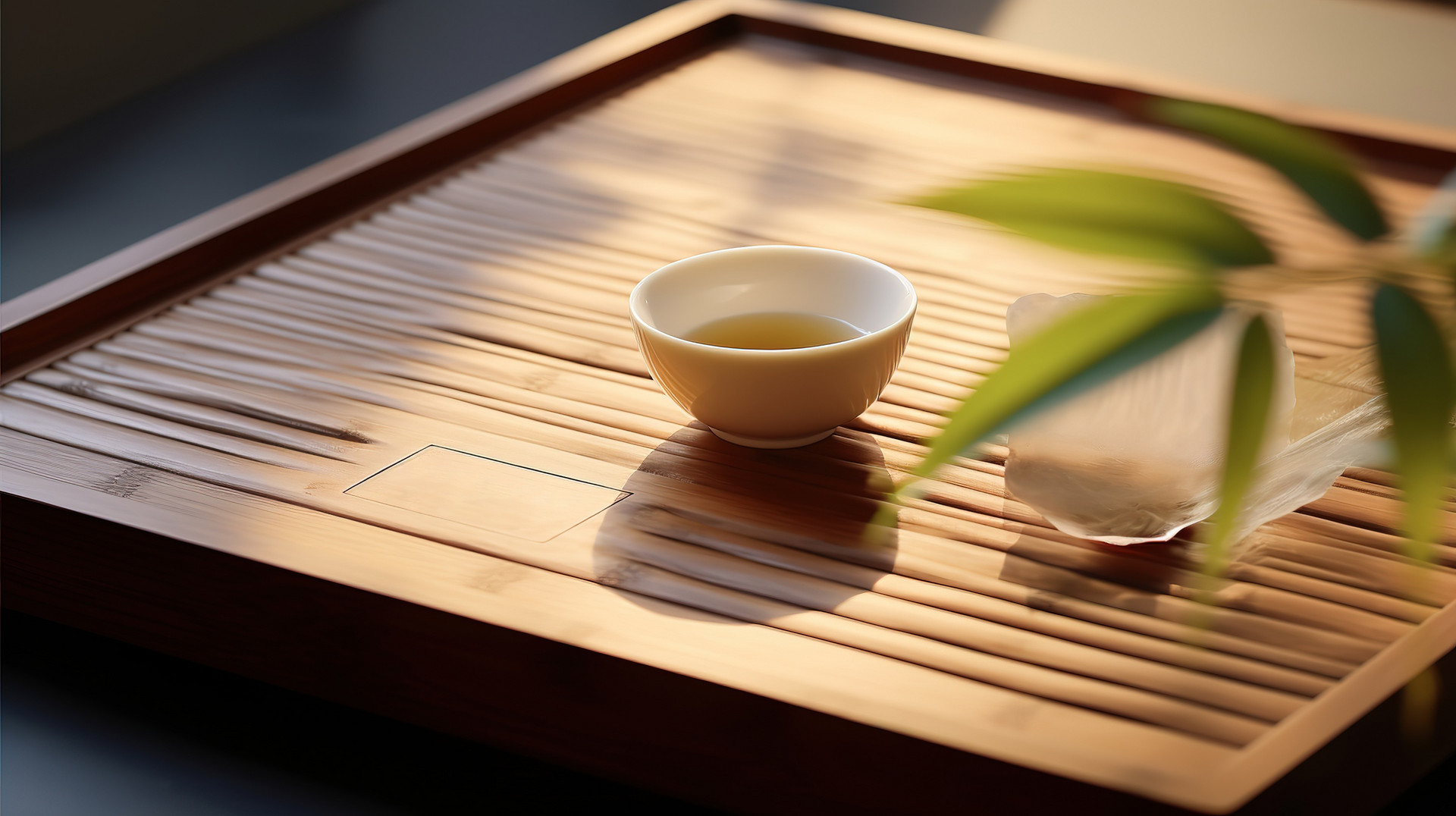
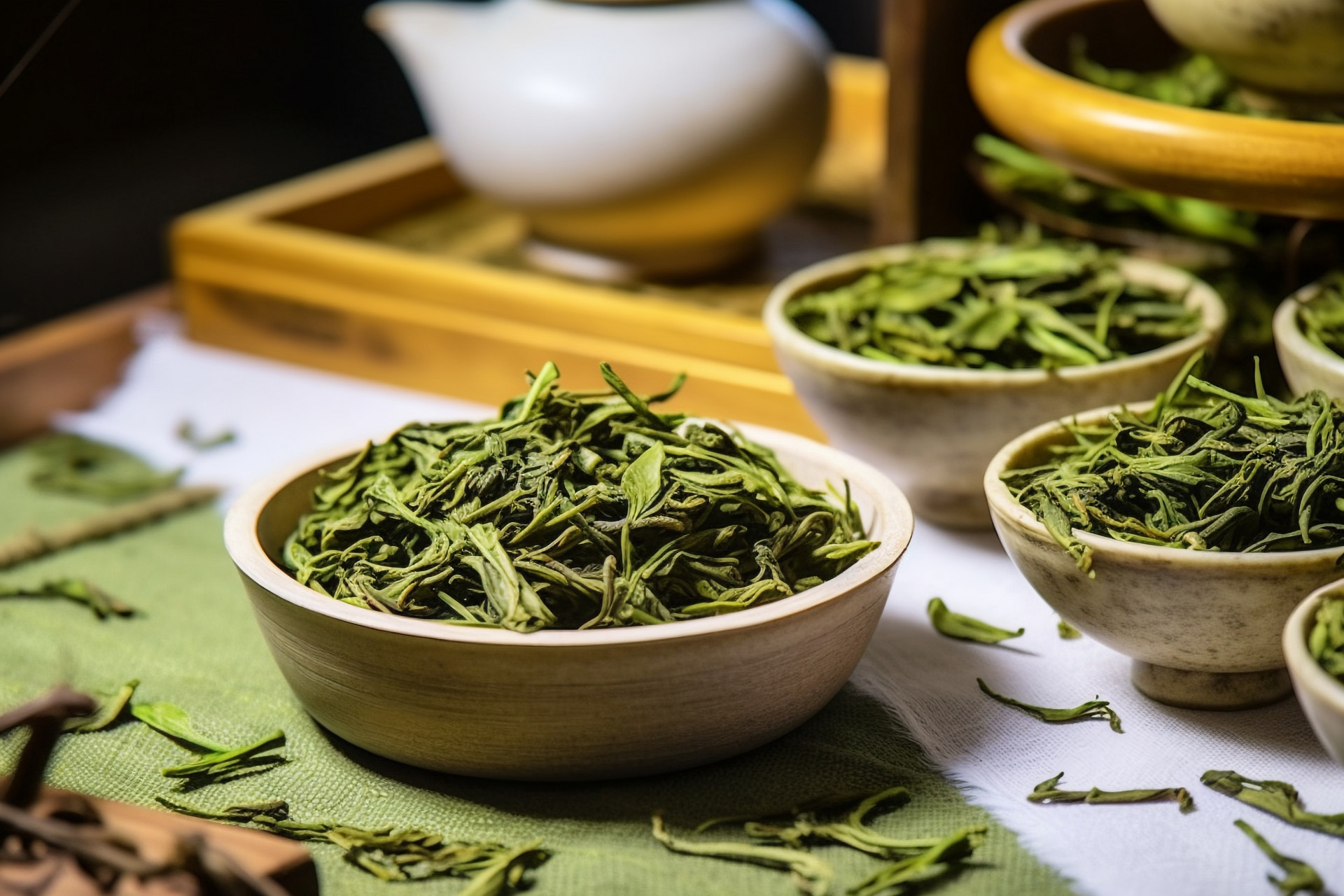
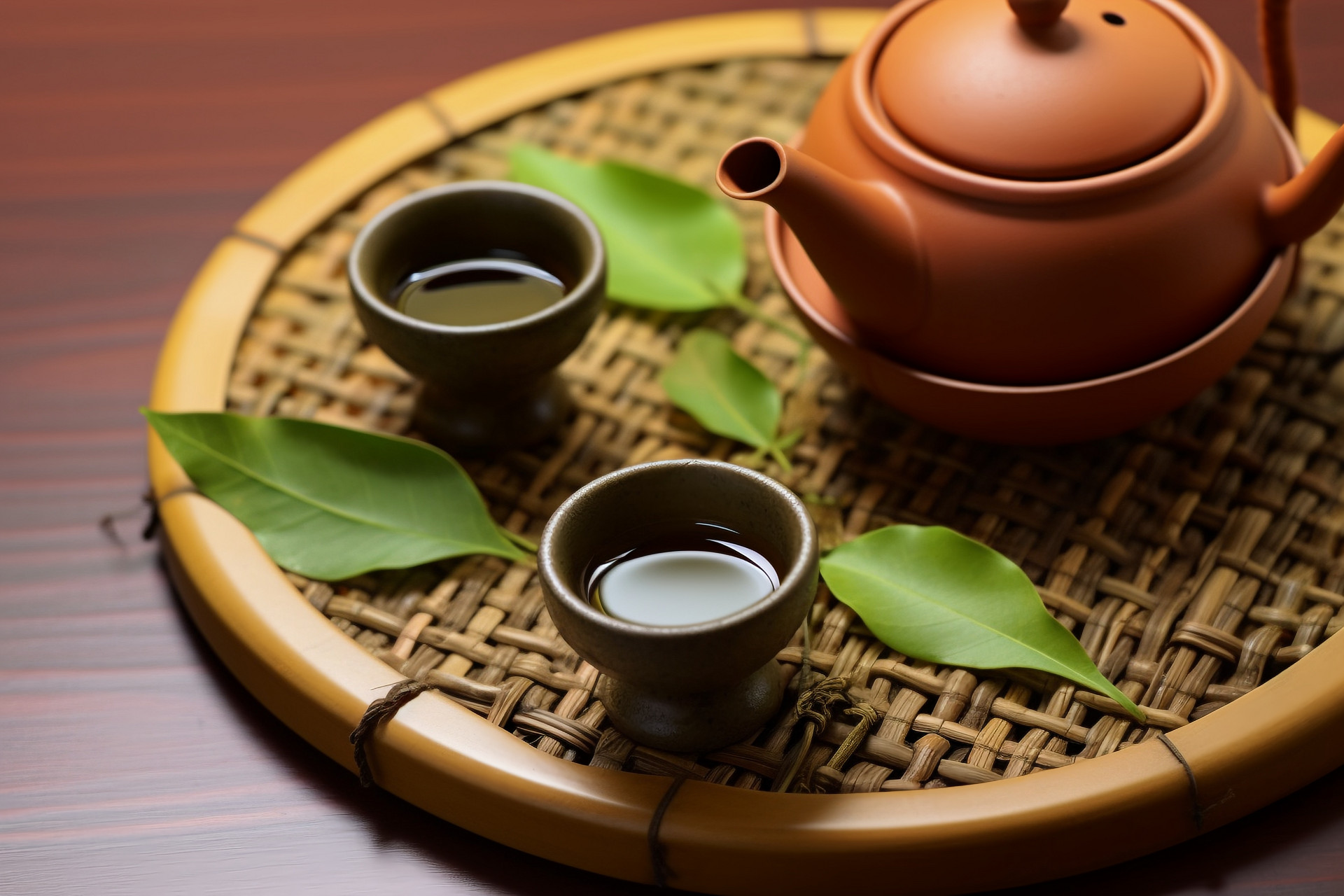
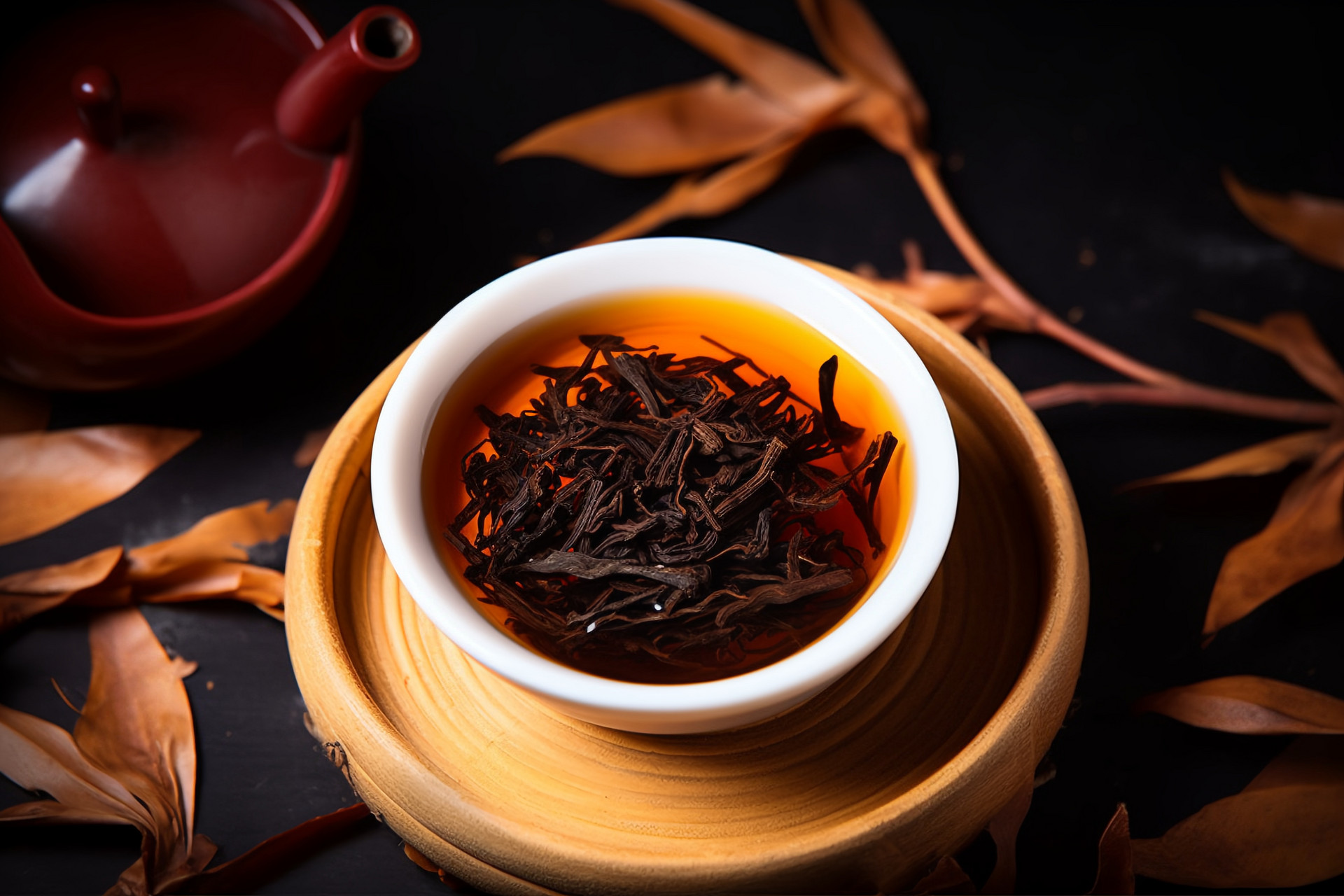
![[Herbal Wine Recipes for Health and Beauty]](https://tcmmaintenance.com/uploads/20240715/7241f6b6eafdaed88c28b26a37213964.jpg)